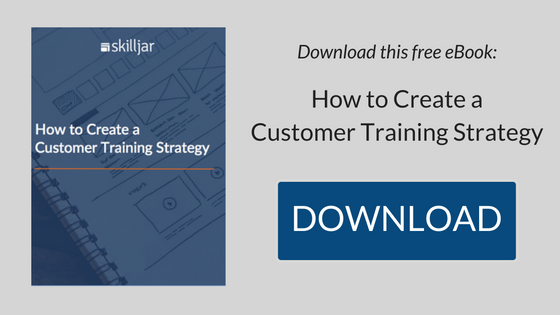 Although the eLearning industry is growing rapidly, it's often met with skepticism. Most of the criticisms that we hear about eLearning are simply misunderstandings and generalizations, which do not apply to online content that is thoroughly planned and thoughtfully executed. The purpose of this post is to refute 5 of the most common eLearning criticisms and provide some insight on how to avoid making these mistakes.
Although the eLearning industry is growing rapidly, it's often met with skepticism. Most of the criticisms that we hear about eLearning are simply misunderstandings and generalizations, which do not apply to online content that is thoroughly planned and thoughtfully executed. The purpose of this post is to refute 5 of the most common eLearning criticisms and provide some insight on how to avoid making these mistakes.
Continue reading to learn more:
- “eLearning is only for the tech-savvy”
This complaint is exactly why it is so important for companies to choose an LMS that is easy and intuitive to use. Not every encounter with eLearning has to be complicated and technical. In fact, it is better to design oversimplified content than over-complicated content.
Imagine you are delivering training to learners who have never experienced online learning before, because for all you know, that could be true. - “eLearning only benefits one learning style”
Many people envision eLearning as simply reading documents, manuals, and eBooks on a computer screen. While reading may be an effective form of learning for some, others may do better with visuals, demonstrations, and auditory learning.
To avoid this critique of your company’s online learning content, change up your lessons to include a little bit of everything. Have some videos, some audio files, some visual charts, and some reading. That way, every learning style is accounted for and there will be less frustration on behalf of the learners. - “eLearning is impersonal”
eLearning has a history of perpetuating a “one size fits all” mentality. As a training content developer, it is imperative to assess learner satisfaction through surveys and open communication to ensure that each individual feels their needs are being met.
You must view eLearning content as a living project; it should grow and change over time based on relevant feedback from users. Additionally, as mentioned above, having multiple forms of media in your lessons will be more inclusive to various learning styles, which will help each learner feel more supported. - “eLearning is boring”
eLearning can actually be interesting and enjoyable for learners if the courses are made creatively and the content designer is aware that short attention spans are quite common. If your content is not interesting or dynamic, odds are, most users will end the course without completing it, simply out of boredom.
Ask yourself, would you want to work through this entire training program? Are there slow spots? How can you make technical content more exciting? - “eLearning is not collaborative” One easy way to prevent this criticism is to include a chat feature that allows learners to post questions and engage in discussion with fellow learners or the instructor. The ability to have questions and comments addressed promptly eases a lot of the uncertainty that comes with distance learning.

